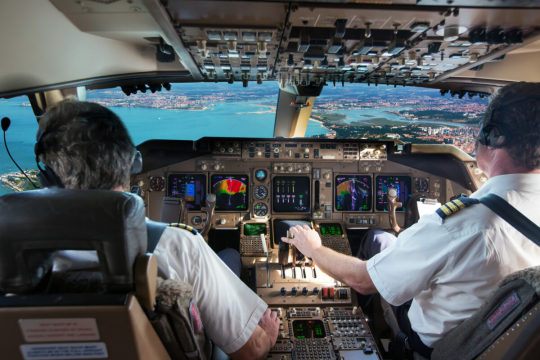#pilotlicensecourse
Explore tagged Tumblr posts
Text
Completely details about the Aircraft Pilot (Commercial Pilot License)

A commercial pilot license is a certification that allows a person to operate aircraft for commercial purposes. A person with a commercial pilot license (CPL) can work as a pilot for airlines, cargo companies, private companies, or even start their own aviation business. Becoming an aircraft pilot is an intensive and demanding process that requires extensive training, experience, and a deep understanding of aviation regulations.
To become a commercial pilot, one must first obtain a private pilot license (PPL). A PPL allows a pilot to operate an aircraft for personal use only. The PPL involves learning the basic principles of flight, practicing maneuvers, and logging flight hours. It typically takes around 40 to 60 hours of flight training to obtain a PPL, but this can vary depending on the individual's aptitude and the flight school.
After obtaining a PPL, aspiring commercial pilots must then earn an instrument rating. An instrument rating allows a pilot to fly in conditions where visibility is limited, such as clouds or low-light conditions. This is essential for commercial pilots, as they may need to fly in adverse weather conditions to meet tight schedules. The instrument rating involves learning how to fly solely by reference to the instruments in the cockpit.
Once a pilot has obtained their instrument rating, they can then begin training for their CPL. The CPL involves further flight training to learn advanced maneuvers, navigation, and emergency procedures. A minimum of 150 hours of flight time is required to obtain a CPL, including 100 hours of pilot-in-command time and 50 hours of cross-country flight time.
In addition to flight training, aspiring commercial pilots must also pass a series of exams to obtain their CPL. These exams cover a range of topics, including aerodynamics, meteorology, navigation, and aviation law. The exams are administered by aviation authorities and must be passed before a pilot can be issued their CPL.
After obtaining a CPL, commercial pilots must continue to log flight hours and undergo regular training and testing to maintain their certification. They must also meet medical requirements to ensure they are fit to fly.
Becoming an aircraft pilot is a challenging but rewarding career path. Commercial pilots play a critical role in the aviation industry and must possess a combination of technical knowledge, situational awareness, and sound decision-making skills. The process of becoming a commercial pilot is rigorous and requires a significant investment of time, effort, and resources. However, for those who are passionate about aviation, the rewards are well worth the effort.
#commercialpilotlicense#commercialpilot#pilotlicense#pilotlicensecourse#pilotlicenseinindia#commercial pilot license#commercial pilot license in India#pilot license in India
1 note
·
View note